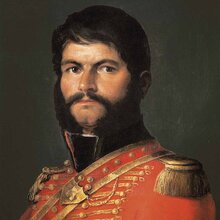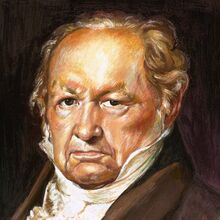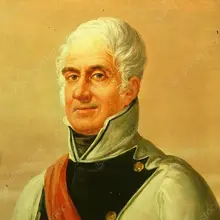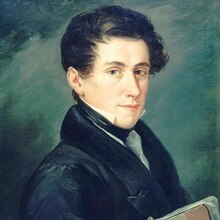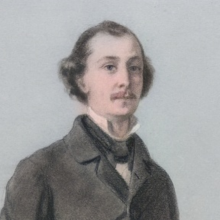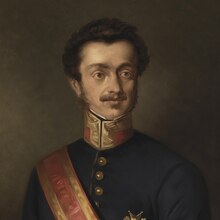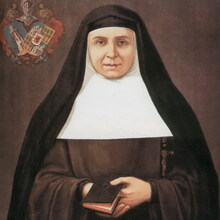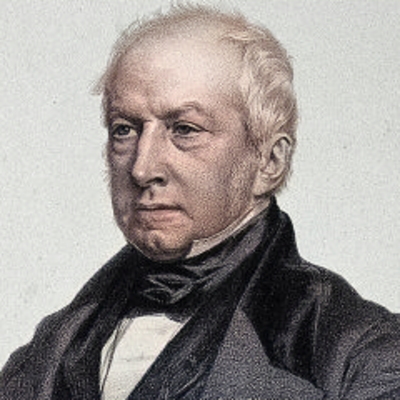
Personal
Other names:
Job / Known for:
Botanist, mathematician, priest, artist
Left traces:
Royal Botanical Expedition of New Granada
Born
Date:
1732-04-06
Location:
ES
Cádiz, Andalusia
Died
Date:
1808-09-11 (aged 76)
Resting place:
CO
Bogotá
Death Cause:
Stroke
Family
Spouse:
Children:
Parent(s):
Julián Mutis and Gregoria Bosio
QR Code:
 My QR code:
Jose Celestino Bruno Mutis
https://DearGone.com/11230
My QR code:
Jose Celestino Bruno Mutis
https://DearGone.com/11230
Key Ownner:
Not yet supported by key owner
Show More
Rank
Users ranking to :
Thanks, you rate star
Ranking
5.0
1
Fullname
Jose Celestino Bruno Mutis
Fullname NoEnglish
José Celestino Bruno Mutis
Slogan
The most beautiful book that can be read is nature
About me / Bio:
Show More
Article for Jose Celestino Bruno Mutis
Died profile like Jose Celestino Bruno Mutis
Comments:



